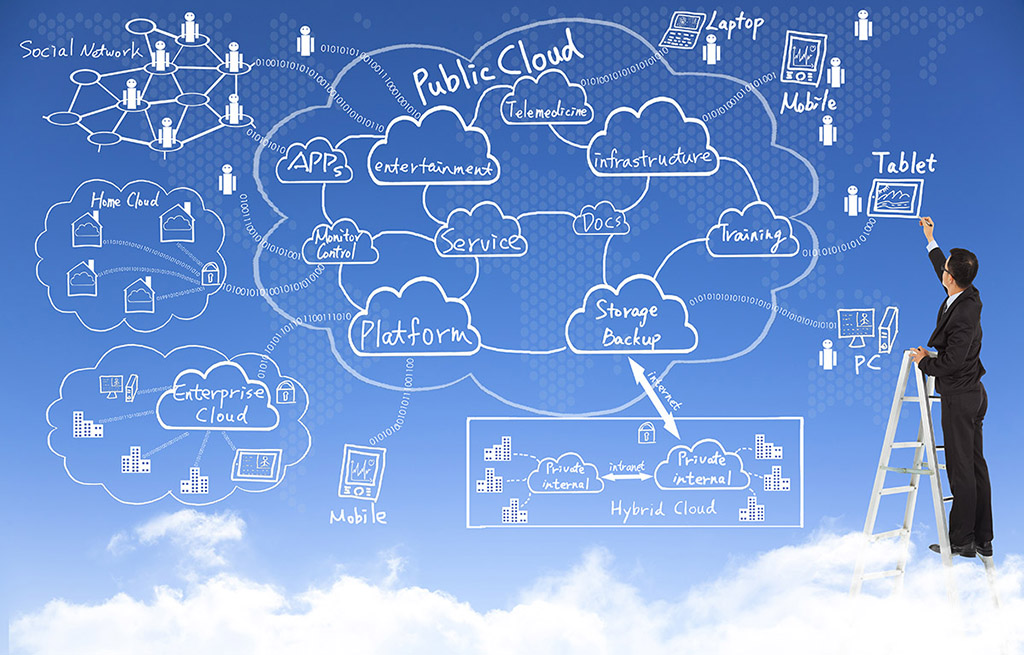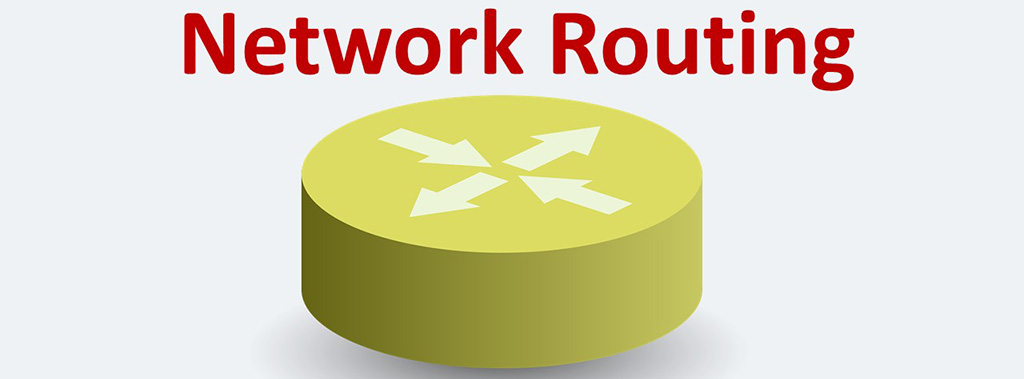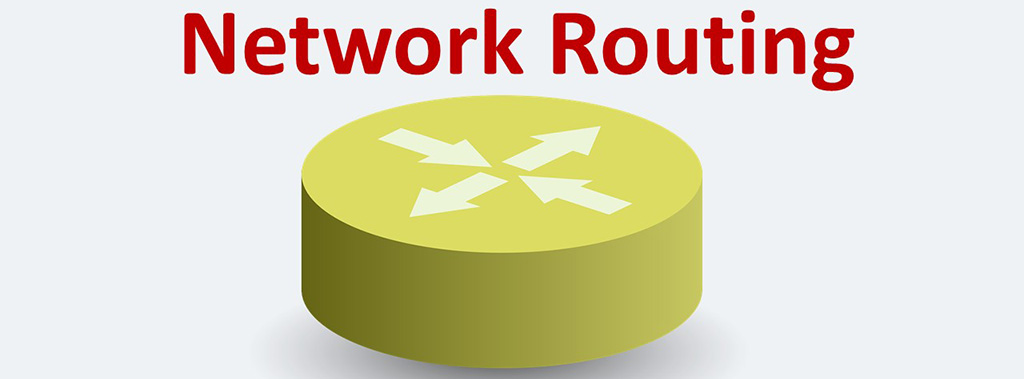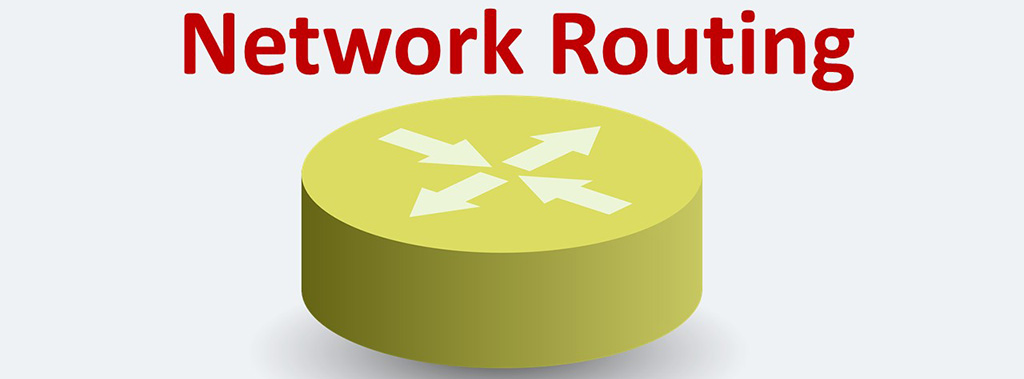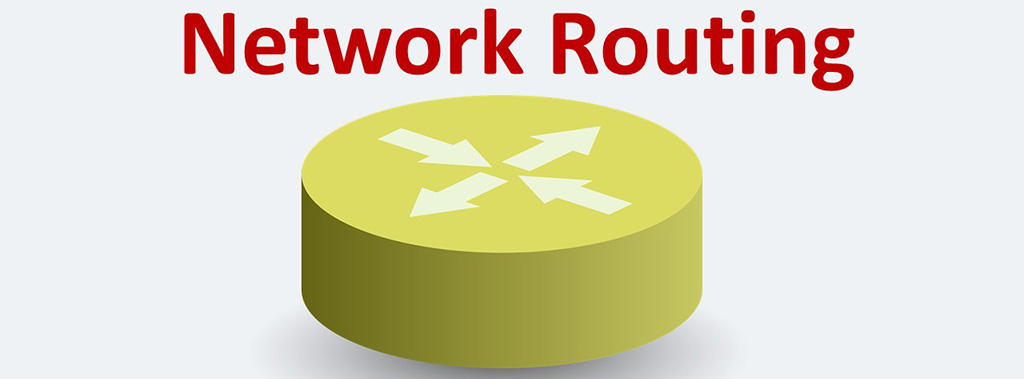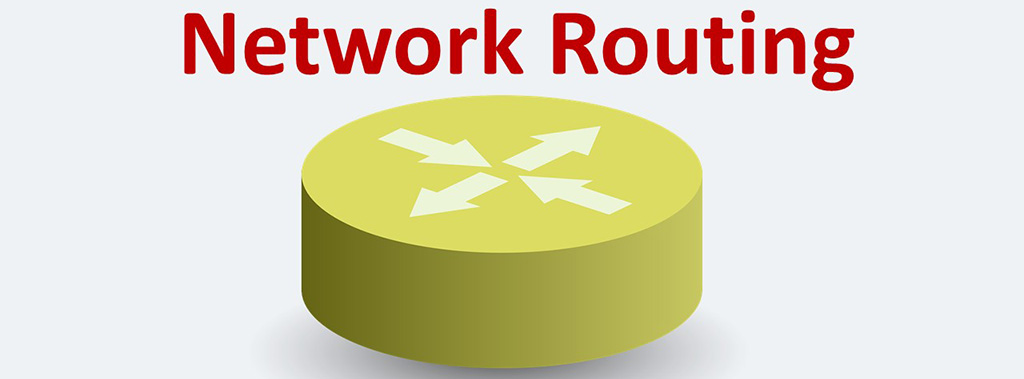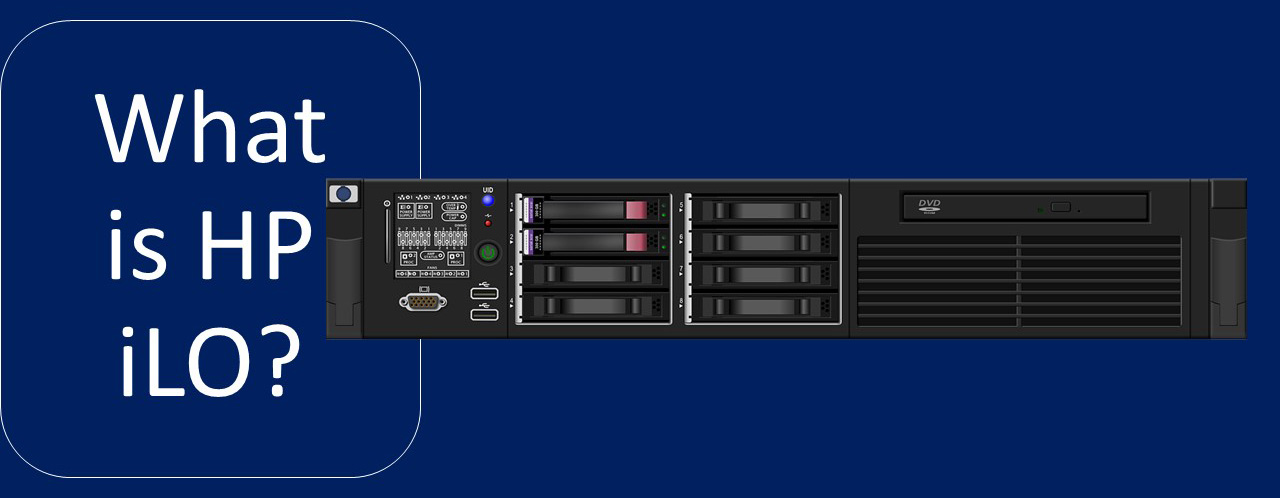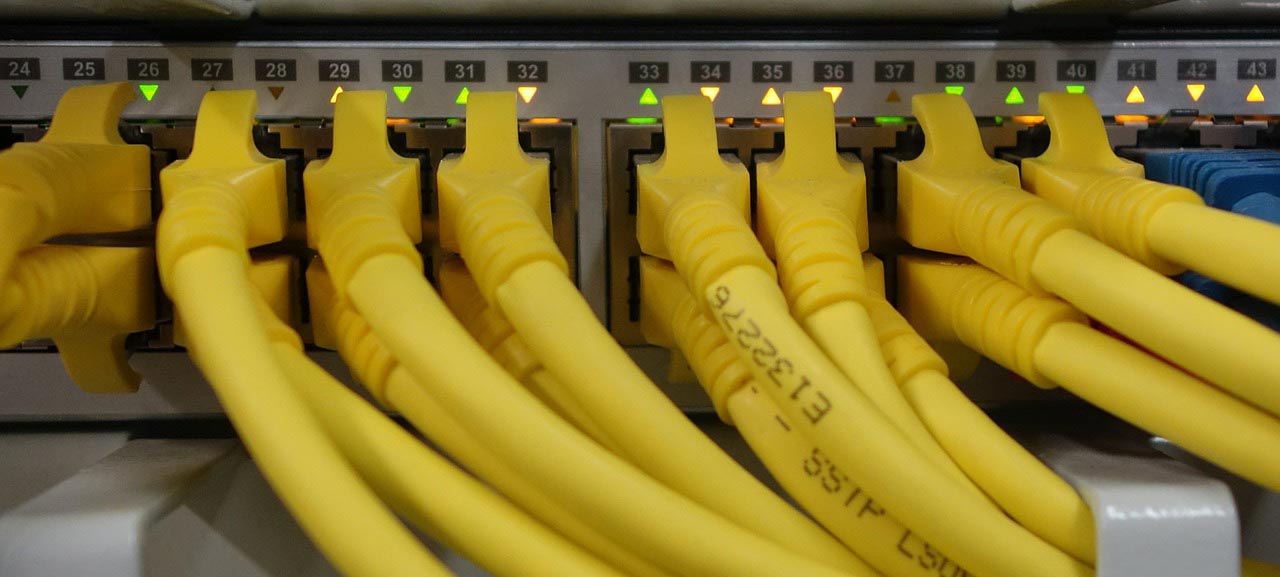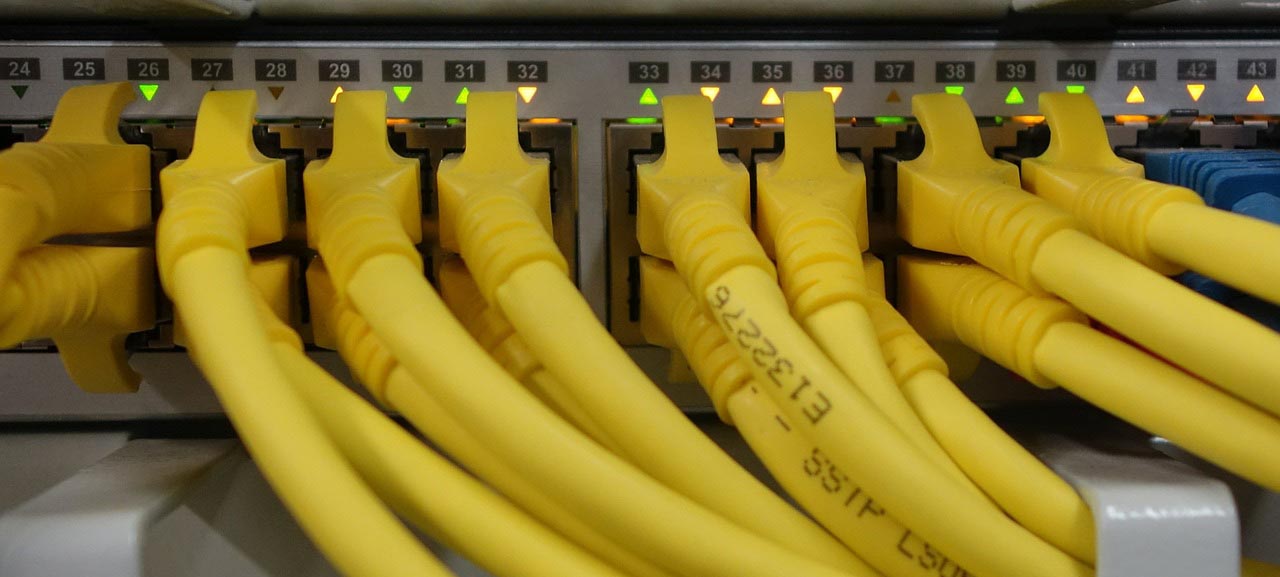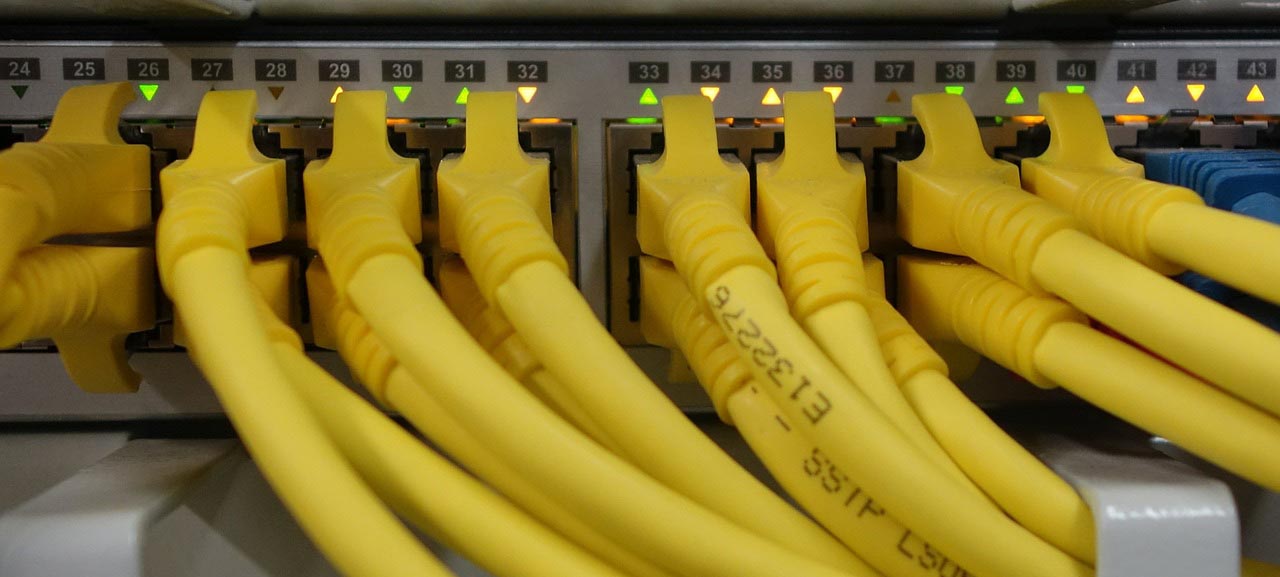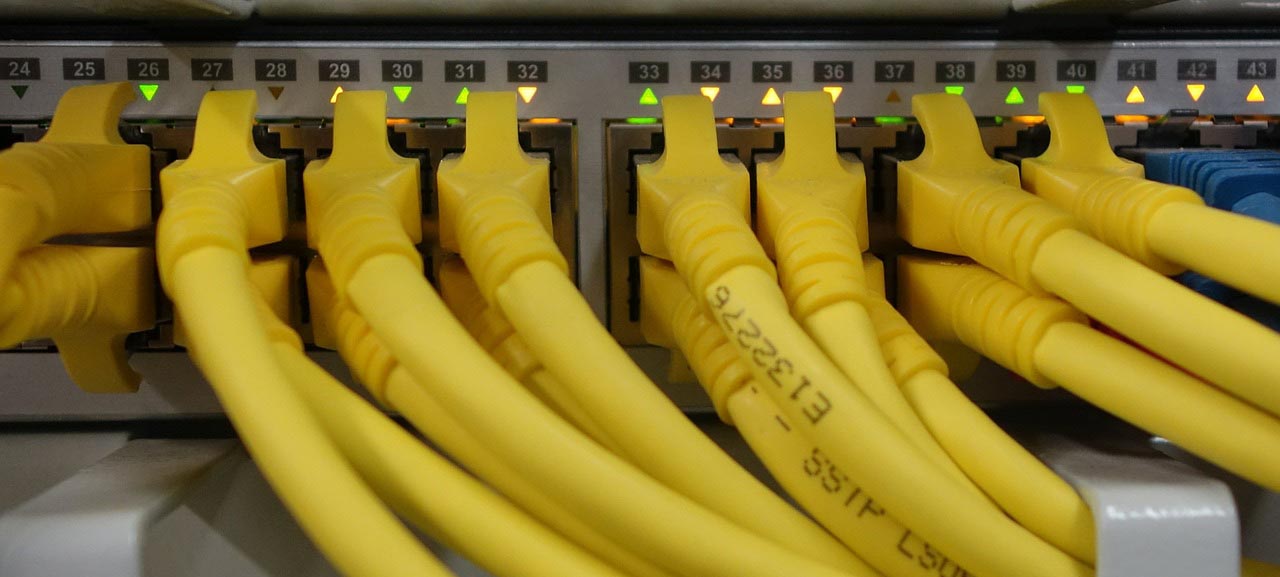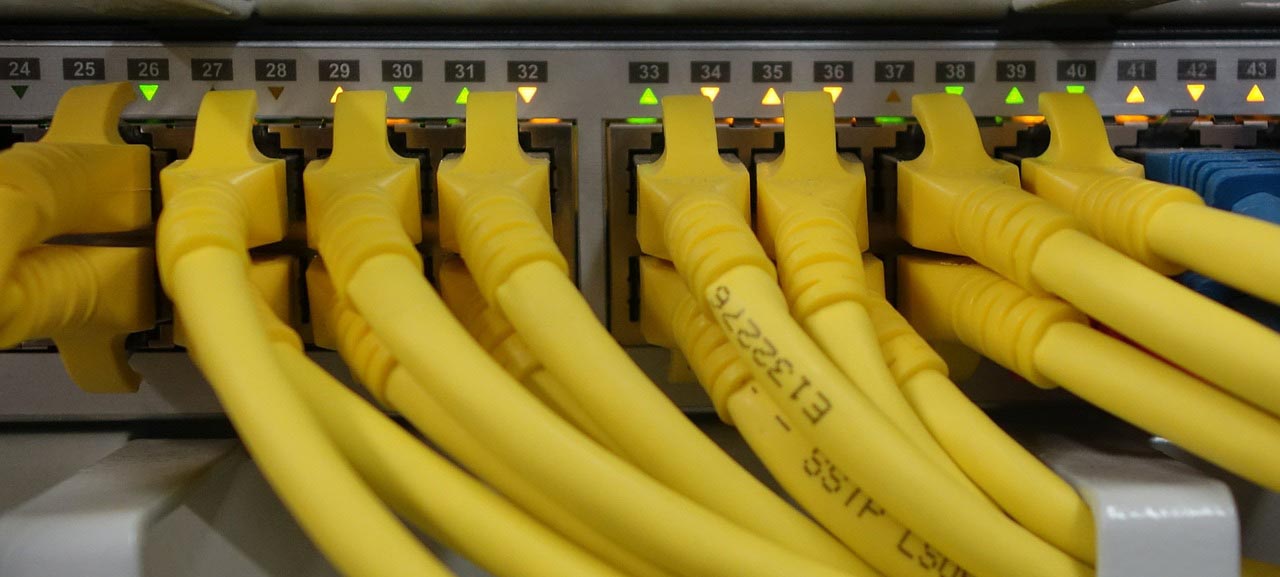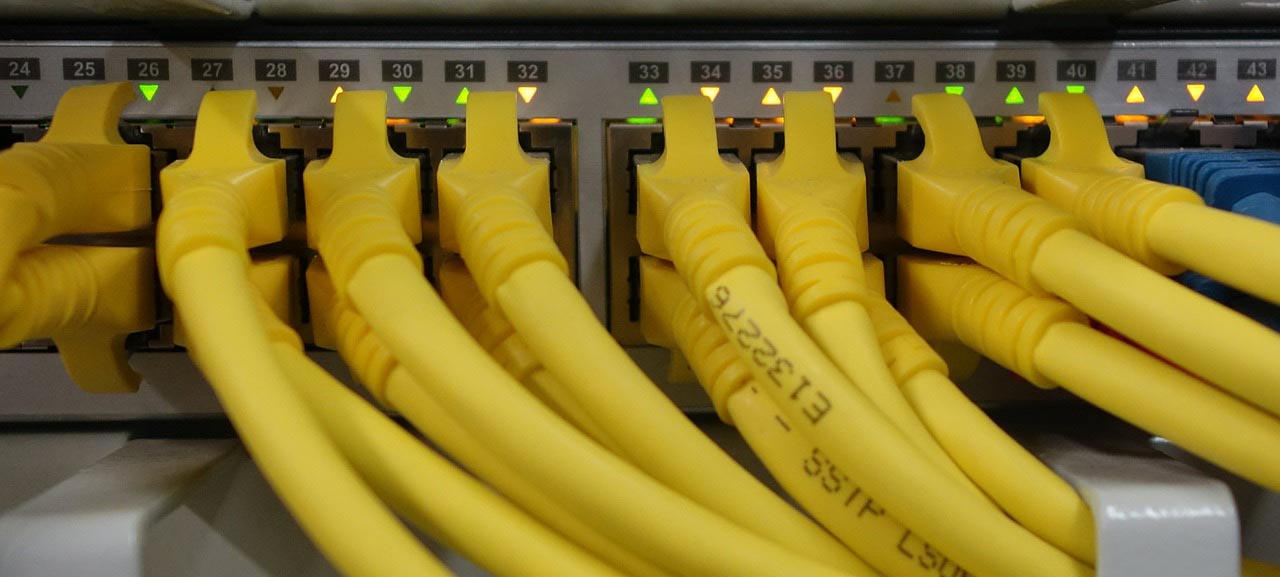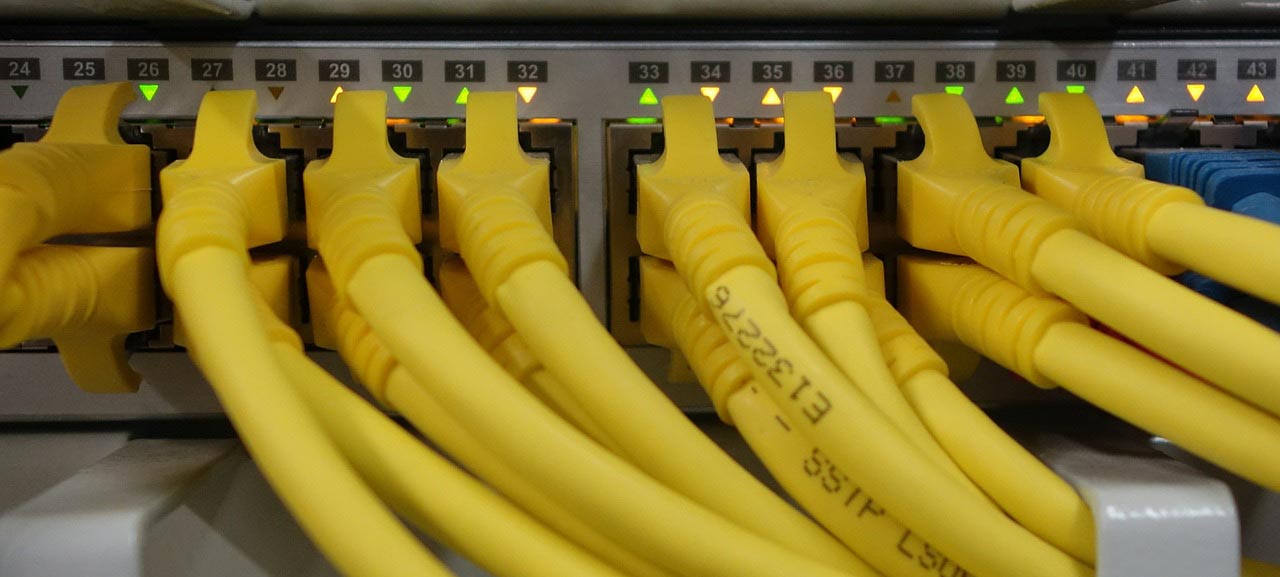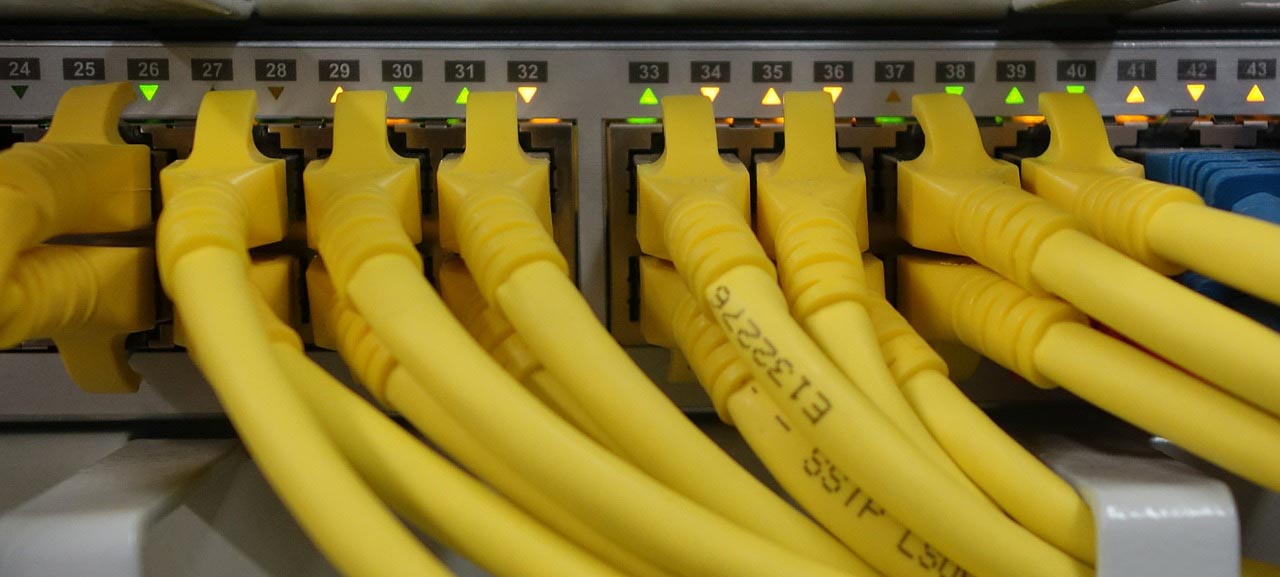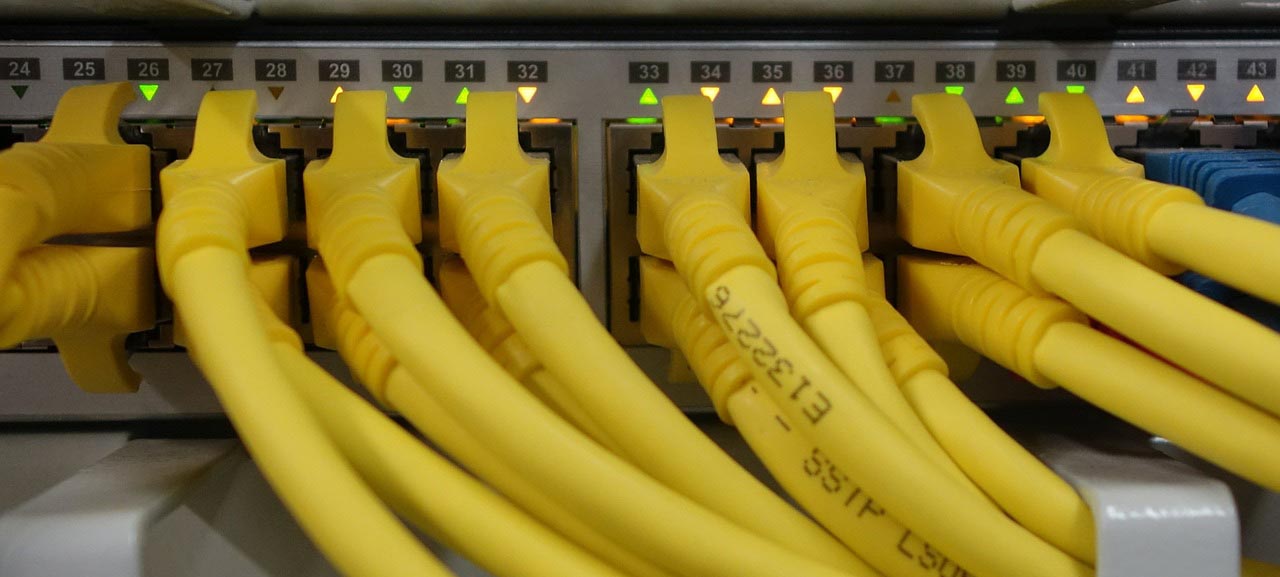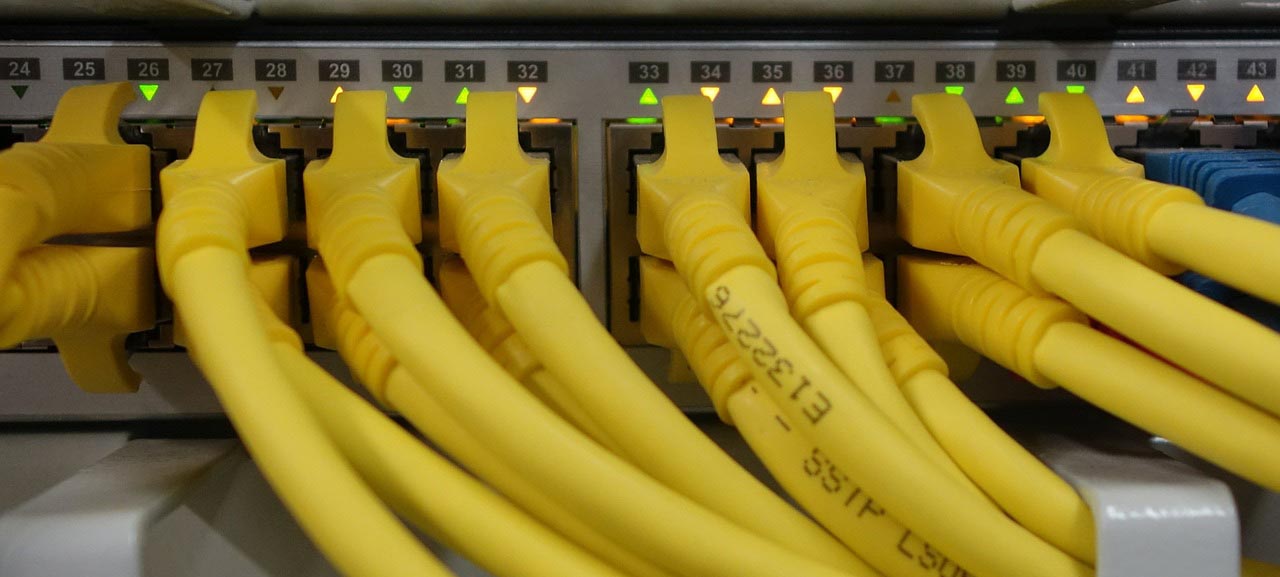First of all, we need to know a little bit about the concept of “public cloud services” or “as s service”. The term “cloud services” refers to a wide range of services delivered on demand to companies and customers over the internet and in fact, it refers to a broad category that encompasses the myriad IT resources provided over the internet.
What’s “as a service”? “as a service” refers to a service available to a customer on cloud. “aaS” is an acronym for “as a service”. There are many public cloud provider. They offer “aaS” and selling it to consumers in other companies.
Generally, there are three layers of cloud computing that are referenced in this manner:
- Software as a Service (SaaS)
- Platform as a Service (PaaS)
- Infrastructure as a Service (IaaS)
- Desktop as a Service (DaaS)
In the continuation of this post, information about each of these three cases will be presented. A key feature of aaS is that these services must be self-service. For example, when you use google drive, this service will be provided to you quickly and there is no need to coordinate with a human intermediary.
Source: citrix.com
Public Cloud, Private Cloud and Hybrid Cloud
- A public cloud is a cloud service offered to multiple customers by a cloud provider. Public clouds include SaaS, PaaS, and IaaS services. A public cloud service runs on remote servers that a provider manages. Customers of that provider access those services over the Internet. The biggest benefit of using public cloud services is the ability to share resources at scale, allowing organizations to offer employees more capabilities than would likely be possible alone. Here you can read a comparison between a numbers of public cloud provider.
- Private Cloud is created for the use of the organization’s employees and on the platform of the organization’s internal network. This type of service is usually provided by developing IT tools (such as virtualization tools), changing organizational workflow processes, and adding additional and auxiliary tools. Suppose a software developer in a company needs a new VM. With Private Cloud, the developer can request a new VM and the VM can be started automatically and can be used by the developer in minutes. It can also have the next VM, of course, until it exceeds the set limit. In addition, the IT team should be able to report each person’s use of the service and resources and provide them to managers if needed. Companies that work with highly sensitive data (like banking industries), usually use private clouds to leverage advanced security protocols and extend resources in a virtualized environment as needed.
- In hybrid cloud scenario, a private cloud solution is combined with public cloud services. For example, an organization needs to store sensitive data in the private cloud, but wants employees to access apps and resources in the public cloud for day-to-day communication and collaboration.
Source: cloudflare.com
Public Cloud Service Standards
The US National Institute of Standards and Technology (NIST) defines the following standards for a public cloud service:
- On-demand self-service: A consumer can unilaterally provision computing capabilities, such as server time and network storage, as needed automatically without requiring human interaction with each service’s provider.
- Broad network access: Capabilities are available over the network and accessed through standard mechanisms that promote use by heterogeneous thin or thick client platforms (e.g., mobile phones, laptops, and PDAs).
- Resource pooling: The provider’s computing resources are pooled to serve multiple consumers using a multi-tenant model, with different physical and virtual resources dynamically assigned and reassigned according to consumer demand. Examples of resources include storage, processing, memory, network bandwidth, and virtual machines.
- Rapid elasticity: Capabilities can be rapidly and elastically provisioned, in some cases automatically, to quickly scale out and rapidly released to quickly scale in. To the consumer, the capabilities available for provisioning often appear to be unlimited and can be purchased in any quantity at any time.
- Measured Service: Cloud systems automatically control and optimize resource use by leveraging a metering capability3 at some level of abstraction appropriate to the type of service (e.g., storage, processing, bandwidth, and active user accounts).
You can read “NIST Cloud Computing Standards Roadmap” here and the content we mentioned about the standards is on page 14 of this file.
Source: ktconnections.com and nist.gov
SaaS
Software as a Service. A service that works like software and may run on one or more VMs, but the VMs are hidden from the customer anyway. The service provider installs the software on VMs or VMs. The license also installs it and provides the necessary support. For example, the customer intends to use the 2017 Autocad package and orders it from the supplier. The service provider provides AutoCAD software as a service to the customer. The customer does not know how many VMs there are, nor does he need to know. He doesn’t even know the operating system used and doesn’t need to know it. The customer only sees AutoCAD itself, which is running on the right hardware. Famous cloud storage such as google drive, apple icloud, drop box, etc. are considered as a kind of Saas. Microsoft has also released a version of the popular Microsoft exchange server software as Saas.
So, Software as a service, or SaaS encompasses a variety of services, such as file storage, web-based email, cloud backup and even project management tools. In fact, SaaS is a software that hosted by a vendor or service provider and made available to customers over a network, typically the internet. SasS actually run on a powerful VM or multiple VMs. These VMs located in service provider location and they have very powerful hardware.
Apps and users inside the consumer’s network can communicate with the apps that the consumer runs in the cloud provider’s network.
Many programs these days do have a SaaS option. For example, Microsoft software such as Excel and PowerPoint is now offered on Microsoft 365. Other examples of SaaS cloud service providers include Dropbox, Amazon, Slack and Citrix Content Collaboration.
The benefits of using SaaS include:
- By using a SaaS, you don’t have to worry about the hardware and software maintenance costs, which is all handeled by the provider.
- SaaS gives you the flexibility to work easily from anywhere.
- You just need to go online to use SaaS and you don’t even have to create a VPN connection.
- In the case of a disaster at your workplace, your employees can still easily work from home.
IaaS
Infrastructure as a Service. When it comes to buying a computer, there are some things to keep in mind. You compare prices based on the CPU and its speed, how much RAM the computer have, the size of the disk drive, and so on. IaaS offers a similar idea, but the consumer receives the use of a VM. You specify the amount of hardware performance/capacity to allocate to the VM (number of virtual CPUs, amount of RAM, and so on). You can even pick an OS to use. Once selected, the cloud provider starts the VM, which boots the chosen OS.
Iaas provides the infrastructure that many cloud service providers need to manage SaaS tools—but don’t want to maintain themselves. Iaas has great advantages because the organization does not have to worry about the storage and maintenance for their hardware.
If you want to get IaaS from a service provider, there are a few things to keep in mind and include them in the contract.
- Control: You need to be able to control the infrastructure.
- Security: Does the provider have a trusted reputation and the resources to prevent and manage any security threats? Are there documented BCP (business continuity plan)?
- Flexibility: Purchase only the components you need for your use case.
- Affordability: Pay only for what you use and how often you use it.
- Multitenant systems: provider is required to make sure that customers are unable to access each other’s’ data. So providers need to plan resource allocation carefully.
- Service: What are the service provider’s service-level agreements (SLAs)—the minimum amount of time and effort the provider guarantees to solve resource provisioning issues?
PaaS
Platform as a Service. PasS is a built-in platform that will be available like a service for software developers. Suppose a software developer wants to test their app in Apple’s iOS environment. He can request a Paas in the iOS environment from cloud service provider. The provider quickly creates an Iaas, installs the iOS on it (version ordered by the customer), and also installs any software development tools, and then delivers it to the customer. In fact, the key difference between Iaas and Paas is the more software tools available to the customer on the Pass. Suitable tools for software development process. The VMs used in Paas often include an integrated development environment (IDE) that includes a set of related tools such as a number tools for programming and implementing software, updating and developing it, testing software and all the necessary operations in software engineering.
PaaS provides a database, operating system and programming language that organizations can use to develop cloud-based software, without having to maintain the underlying elements.
Some well-known examples of PaaS are Amazon Web Services, Google Code, Salesforce PaaS and Windows Azure.
Using PaaS allows for increased flexibility, adaptability, and a decrease in costs. Because everything is hosted, operating systems can be updated frequently, or changed easily.
PaaS lets customers create and deploy applications without having to invest in the underlying infrastructure. They are able to use different types of PaaS to help them develop and deploy software and/or applications. The networks, servers, storage, etc. are all provided to them through the cloud.
DaaS
Desktop as a Service. DaaS is a cloud computing offering that enables businesses to deliver cloud-hosted virtual desktops to any device, from anywhere. The DaaS provider streams the virtual desktops to a customer’s end-user devices.
When you have a DaaS solution, you work on a virtual desktop infrastructure hosted in the cloud. Because the cloud-based desktop is stored on a remote server, it is separate from the physical devices which access it. In DaaS, a third-party provider handles data storage, security, backup, and upgrades.
DaaS offers many advantages to IT by simplifying operations and delivering Windows desktops and apps securely to its workforce. In fact, DaaS frees your business from the endless cycle of purchasing, supporting, and upgrading PCs by delivering access to an untethered “virtual” workspace.
Customer manages the applications and desktop images. DaaS is a good choice for organizations that don’t want to invest in and manage their own on-premises VDI.
DaaS have many advantages:
- Flexibility: All employees can access their applications, desktops, and data from anywhere.
- Business continuity: Without a dependence on hardware, you can stay up and running in the event of a natural disaster or any other unforeseen event.
- Cost control: Pay for only what you use through monthly or yearly subscription models. DaaS also allows organizations to regulate monthly spend based on business need. No buying and storing hardware in anticipation of new hires and when new desktops are required, there’s no tedious procurement cycle.
- Security: DaaS provides a secure access point for users and simplifies desktop and app management processes and procedures.
- Reduced downtime for IT support: Desktop as a Service also allows companies to provide remote IT support to their employees.
What’s difference between Daas and VDI?
- A virtual desktop infrastructure (VDI) allows organizations to remotely host desktop operating systems on endpoint devices from a centralized server.
- Entire VDI infrastructure of an organization located in its datacenter while DaaS located in cloud. In other words, VDI is an internal infrastructure in a LAN while DaaS related with cloud computing.
- VDI requires a costly investment in network, storage, and compute infrastructure in the data center for organization while in DaaS model, cloud service providers bear the infrastructure set-up cost and the management cost.
- VDI requires to an IT Team that is skilled in setting up and managing virtual infrastructures but DaaS lets a company function with an IT staff because the DaaS vendor will deal with deployment, connectivity problems.
- VDI gives a company’s IT staff more control over the desktop offering and more control over security than DaaS.
Source: biz-lynx.com.au and betterworldtechnology.com
———————————
Sources:

